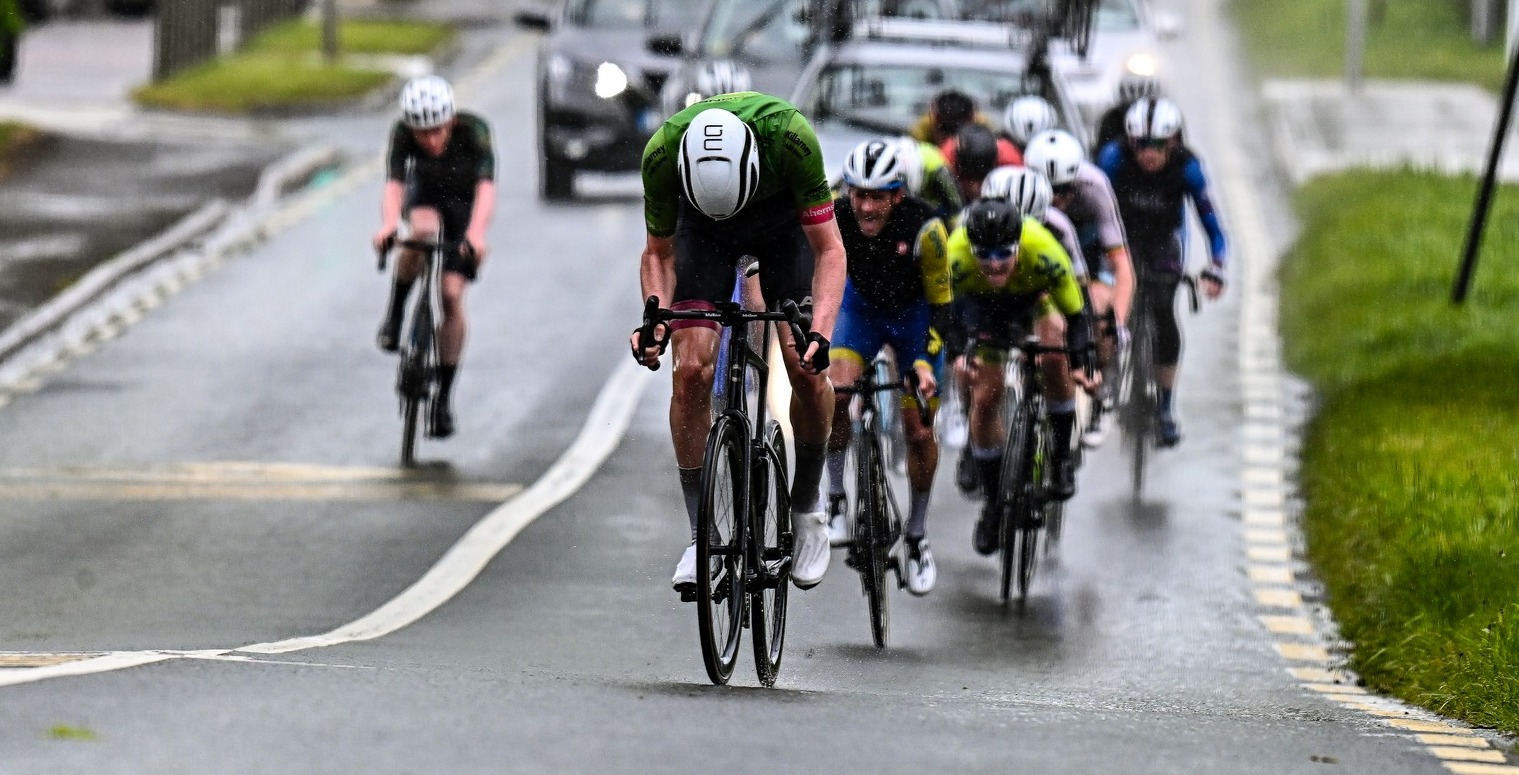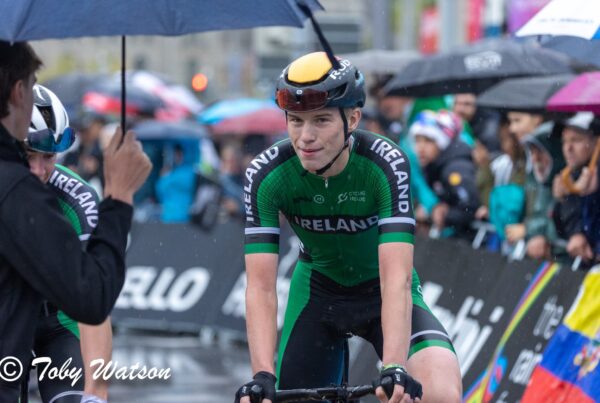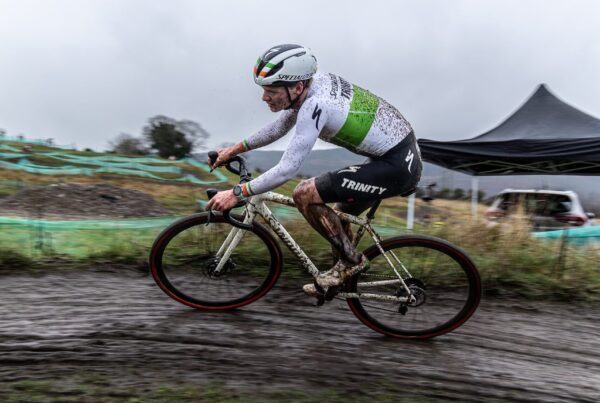
A new review of road racing, which examines the reasons racing numbers are declining and events have been cancelled, has thrown up some interesting patterns in participation rates over the last decade. It also reveals that one in five racing cyclists in Ireland is aged 40 years or older.
The new report sets out some of challenges for road racers at present, which we break down below, which include some practical issues, including some riders being pitted against higher standard riders too suddenly in their development.
This is arising when riders are being upgraded, leading to a scenario in which, for example, those newly upgraded from A3 are often finding themselves competing against A1s. And the new report makes it clear that change in circumstances for those riders, very suddenly, is leading to many of them racing less often.
One of the findings, which will be as much interest to race organisers as it is to riders, is the conclusion that the start times of races do not suit many road racers and that midweek races are so plentiful they are damaging weekend events.
The report has been compiled by the Road Working Group, formed last year, aimed at increasing road racing numbers and race quality.
The group is comprised of racers, coaches, race promoters including: Jennifer Bates, Matteo Cigala, Cathal Dillane, Niall Doggett, Vincent Gleeson, Orla Hendron, Drew McKinley, Ronan McLaughlin, Stephen O’Shea and Aaron Wallace.
One key insight is that in 2017 there were 3,249 racing cyclists in Ireland, which was the peak over the last decade. While numbers then declined in 2018 and 2019, there was then a large drop; from 2,771 in 2019 to 2,197 in 2020 and 1,1861 in 2021.
Those very significant declines in racing numbers in 2020 and 2021 were very likely driven by the pandemic, when racing was halted or curtailed for long periods, with uncertainty around the scene enduring for a long time.
Once that uncertainty, and general pandemic gloom, lifted, numbers rebounded a little in 2022, with an increase to 2,261. However, that bounce was short-lived as racing licence holder numbers dropped to 2,137 last year and again this year, to 1,947 at present.
When one looks at the various racing categories, the declining numbers are really brought into focus. The new Cycling Ireland report shows there were 300 A1 riders in Ireland in 2017, but that’s down to 130 this year.
When it comes to the other categories, the 2017 Vs 2024 numbers are as follows: A2, 400 Vs 230; A3, 900 Vs 630; A2 1,750 Vs 900.
In general, the total membership of Cycling Ireland, per age group and gender, was as follows: seniors 67 per cent; masters 19 per cent; juniors 12 per cent; women two per cent.
Around racing, the report also reveals:
- There is an average of 251 entries per race day in Ireland, or 13 per cent of registered racers
- On weekends, there is an average of 503 entries, meaning just 26 per cent of registered racers are completing on any given weekend
- Rider and travel and accommodation costs were seen as a barrier to participation
- There were often back-to-back races in the same region on weekends and other scenarios where races were competing with each other for riders
- Inconsistent race entry numbers are leading to poor peloton sizes
- There is also a “low number of women racing”, with 67 racers in total, as of April 2024
- There was a fall-off in racing days among some riders due to step up in standard – from A3 to competing with A1s
- An aging rider population, with 19 per cent of races aged 40 years or older, meant a significant section of the racing community had “other commitments” aside from cycling/racing
- The national series was described as being “poorly attended”, especially by A2s
- Race start times were “currently restrictive for many” racers
- Weekend race participation was “suffering due to growth in midweek racing”
A number of objectives are set out in the report including increasing the percentage size of competition licence holders racing, which would lead to bigger peloton sizes per category “to improve quality of races” and providing “concentration of riders per category to provide high quality races”.
Cycling Ireland also intends to provide more opportunities to riders to race locally, create incentives for and incentivise “more balanced participation throughout the racing season”, with a new ‘Road Cycling Cup’ for each category mooted, rather than a National Road Series.
The national governing body also intends to better distribute the spread of races through the season, including the geographical distribution of events. There are also planned changes to the structure of the grading, as well as a revised points system.
It also wants to “provide coordinated women’s specific races and calendar” as well as more “progression opportunities for women’s racing” and to improve the opportunities for Masters racing.
There is also a plan to improve “recognition” and “a sense of belonging” for competitors at all levels, along with better “security” at races, a “centralised user-friendly system for race promotion” and better level facilities for changing at venues and around medical cover.
.
.
.
#Explainer #Whats #wrong #Irish #road #racing
Source link







